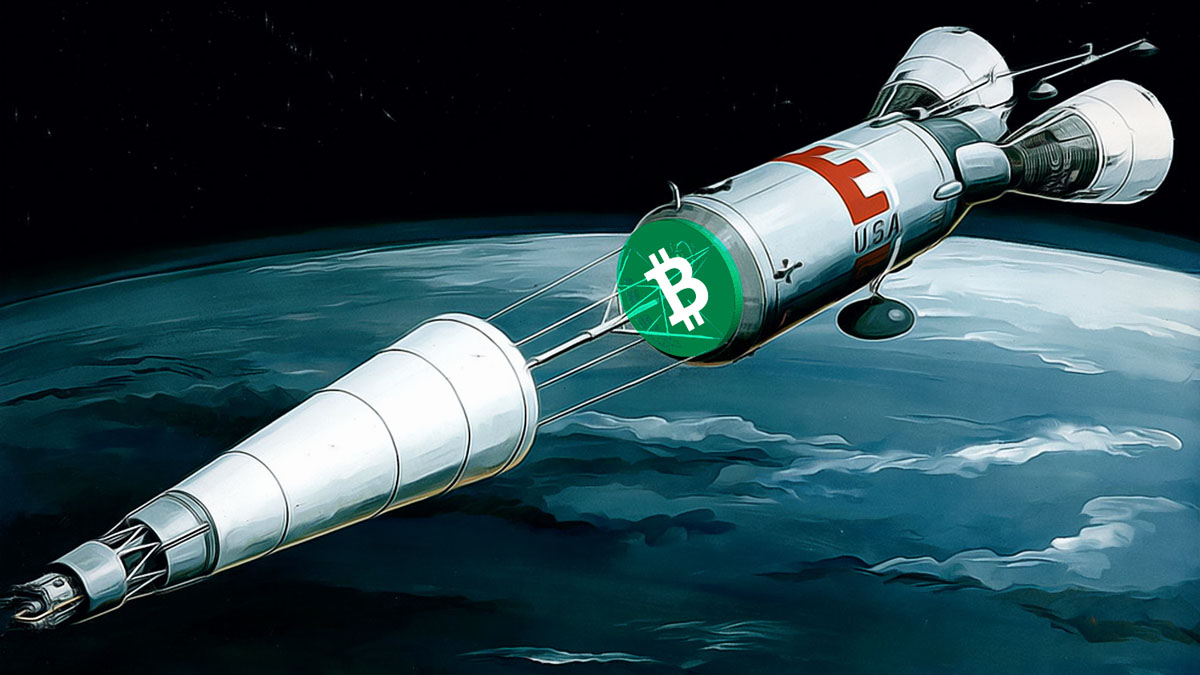In a bold move to enhance blockchain performance, Firedancer has put forward a proposal that could reshape Solana‘s efficiency by removing the compute unit (CU) restriction per block. This groundbreaking proposal, developed by Jump Crypto, aims to tackle growing industry demands for faster and more scalable blockchain systems.
How Could Solana’s Network Be Impacted?
The recommendation seeks to eliminate the existing 60 million CU ceiling, opting for a dynamic model where block size is contingent on validator hardware strength. This new approach veers away from merely increasing the CU limit to 100 million. Sophisticated hardware could allow validators to process more extensive blocks, driving them to boost their systems for higher rewards, thereby increasing overall network throughput.
What Are the Benefits and Drawbacks?
The initiative is expected to spur competition among validators, enhancing the blockchain’s capacity significantly. As validators strive to upgrade their infrastructure, this internal drive could lead to notable advancements in Solana’s network prowess. Yet, there is a risk: the dominance of better-equipped validators may lead to network centralization. Roger Wattenhofer of Anza acknowledges the plan’s potential but cautions against possible centralization.
Solving these challenges requires ensuring that the leader’s workload outweighs that of replaying or checking by followers.
Alpenglow, an upcoming network upgrade, is already gaining traction within the governance community. It promises to reduce block finality times dramatically from over 12 seconds to a mere 150 milliseconds. Such enhancements aim to make the network highly responsive while maintaining its core security features, potentially allowing for instant applications ranging from financial exchanges to advertising technologies.
As the blockchain landscape evolves, finding a balance between speed and security remains a key challenge. While the proposal seeks to boost network efficiency, it also requires a deep assessment of its impact on decentralization, suggesting it’s imperative for the community to adapt strategically and sustainably.
We strive for a balanced system that allows leaders to maximize efficiency without jeopardizing the fairness of the blockchain network.
The new measures suggested by Firedancer highlight a critical junction where cutting-edge blockchain progress needs to be balanced against security and decentralization fundamentals. Stakeholders are urged to consider both improved transaction throughput and the potential drawbacks of centralization in shaping the future course of blockchain development.
Disclaimer: The information contained in this article does not constitute investment advice. Investors should be aware that cryptocurrencies carry high volatility and therefore risk, and should conduct their own research.
















 English (US)
English (US)